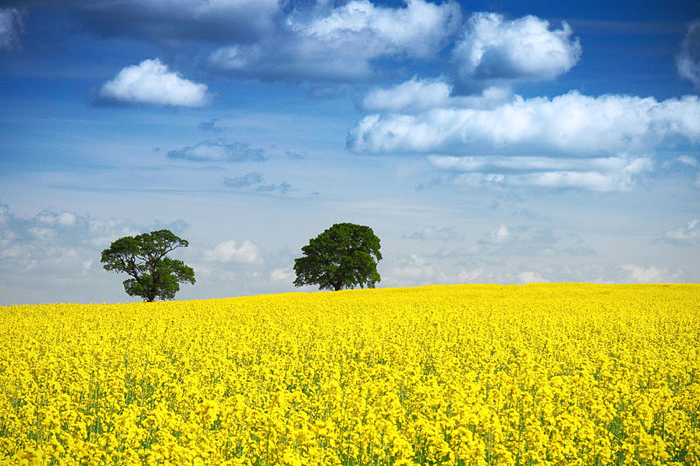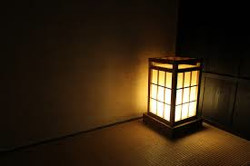Your cart is currently empty!
The Subtle Influence of a Single Plant

Yosa Buson 与謝蕪村 (1716 – January 17, 1784), famed painter and poet, painted the night scene of snow falling on Kyoto near the end of his life. It is one of his most famous pieces and was designated a National Treasure of Japan in 2009. Looking at the painting, you would never guess that there is a connection between this painting and the rapeseed plant which paints swaths of countryside with brilliant yellow when it blooms.

Attribution: Baum im Feld von Petr Kratochvil
It was during the time of his life that the production of rapeseed oil greatly increased in Japan. It resulted in a supply of affordable oil which was used for cooking and for lighting.  Rapeseed oil was poured into small bowls with wicks. When the wicks were lit and placed into paper lanterns, they cast a soft, warm light. The abundance of rapeseed oil enabled people to have light at night. And it is this soft, warm light which Buson captured in his famous painting of snow falling at night. In the painting, he shows this light filtering through the shoji screens of the houses. If it were not for the rapeseed plant, the houses would be completely dark, and he may not have made this masterpiece at all.
Rapeseed oil was poured into small bowls with wicks. When the wicks were lit and placed into paper lanterns, they cast a soft, warm light. The abundance of rapeseed oil enabled people to have light at night. And it is this soft, warm light which Buson captured in his famous painting of snow falling at night. In the painting, he shows this light filtering through the shoji screens of the houses. If it were not for the rapeseed plant, the houses would be completely dark, and he may not have made this masterpiece at all.
The painting is titled 夜色楼台図-Yashokuroudaizu, and to create the effect of falling snow, Buson used flakes of oyster and scallop shells. He also used a foundation of chalk to bring out the colors of a snowy night. 51 inches long and 11 inches tall, this ink painting is considered the first panorama created in Japan.
- Yosa Buson ~ Wikipedia
- Rapeseed ~ Wikipedia
- Kirin Art Gallery
- 風景を見る蕪村の眼
Leave a Reply
You must be logged in to post a comment.